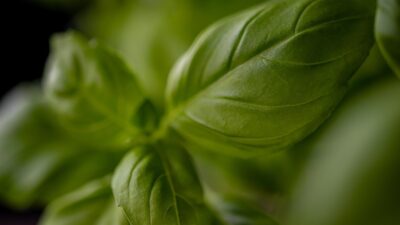Turmeric, known scientifically as Curcuma longa, is a vibrant yellow spice that has captivated culinary enthusiasts and health aficionados for centuries. Its warm, earthy flavor and impressive range of health benefits have made it a staple in various cuisines and traditional medicine systems. In this article, we will explore the rich history of turmeric, its culinary applications, and its potential health benefits.
Historical Background
Ancient Roots
Turmeric’s history dates back over 4,000 years, originating in the lush tropical climates of South Asia. It is believed to have been first cultivated in India, where it was used not only as a spice but also as a dye and a sacred element in Hindu rituals. The esteemed Vedas, ancient Indian texts composed around 1500 BCE, mention turmeric as a sacred herb.
As trade flourished, turmeric spread beyond the Indian subcontinent to Southeast Asia and eventually to the Middle East and Europe. It was often referred to as “Indian saffron” due to its similar appearance to the prized saffron spice, albeit at a fraction of the cost. During the 13th century, turmeric made its way to Europe through the spice trade and quickly gained popularity, not just for cooking, but also for its medicinal qualities.
Historical Uses
Throughout history, turmeric has been celebrated for its antiseptic, anti-inflammatory, and antioxidant properties. Ancient Ayurveda and Chinese medicine practitioners utilized turmeric to treat numerous ailments, from digestive issues to skin conditions. It was also historically employed in rituals and ceremonies, symbolizing prosperity and fertility.
Culinary Applications
A Versatile Spice
Today, turmeric is a key ingredient in various cuisines, most notably in Indian, Middle Eastern, and Southeast Asian dishes. Its distinctive flavor and color make it indispensable in curries, rice dishes, and soups. Here are a few popular uses of turmeric in cooking:
-
Curries and Stews: Turmeric is a foundational spice in many curry recipes, providing a warm and slightly bitter flavor along with a vibrant hue.
-
Golden Milk: A traditional Indian beverage made with warm milk, turmeric, and spices, golden milk has gained popularity as a soothing nighttime drink reputed to have various health benefits.
-
Rice Dishes: Turmeric rice, often infused with garlic and onions, is a staple in many households, offering a flavorful and visually stunning accompaniment to numerous mains.
- Smoothies and Juices: As health trends have evolved, many have started adding turmeric powder to smoothies and juices for an extra health boost.
Global Influence
Beyond traditional dishes, turmeric has also found its way into contemporary culinary trends. It is frequently used in health foods, such as energy bars and wellness shots, catering to a growing interest in superfoods. The rise of veganism and plant-based diets has further propelled turmeric into salads, dressings, and bowls, showcasing its versatility.
Health Benefits
Curcumin: The Active Compound
The primary active compound in turmeric is curcumin, which is credited with numerous health benefits. Research suggests that curcumin possesses potent anti-inflammatory and antioxidant properties. Here are some notable benefits:
-
Anti-Inflammatory Effects: Chronic inflammation is linked to various diseases, including heart disease, diabetes, and cancer. Curcumin’s ability to reduce inflammation has made it a topic of significant research.
-
Joint Health: Many individuals with arthritis have reported decreased joint pain and improved mobility after incorporating turmeric into their diets.
-
Digestive Aid: Turmeric has traditionally been used to support digestive health and is believed to stimulate bile production, aiding in fat digestion.
-
Cognitive Function: Emerging research suggests that curcumin may have neuroprotective properties, potentially reducing the risk of Alzheimer’s disease and other cognitive decline.
- Heart Health: By improving the function of the endothelium (the lining of blood vessels), turmeric may help reduce the risk factors associated with heart disease.
Conclusion
Turmeric is a spice steeped in history, cultural significance, and incredible versatility. Its journey from the ancient kitchens of India to modern-day wellness trends reflects our growing understanding of food as medicine. As research continues to unveil the numerous health benefits of turmeric, this golden spice remains a treasured ingredient in kitchens and medicine cabinets around the world. Whether you’re savoring a warm bowl of curry or sipping on golden milk, turmeric offers a flavorful connection to a rich past and a promising future.



